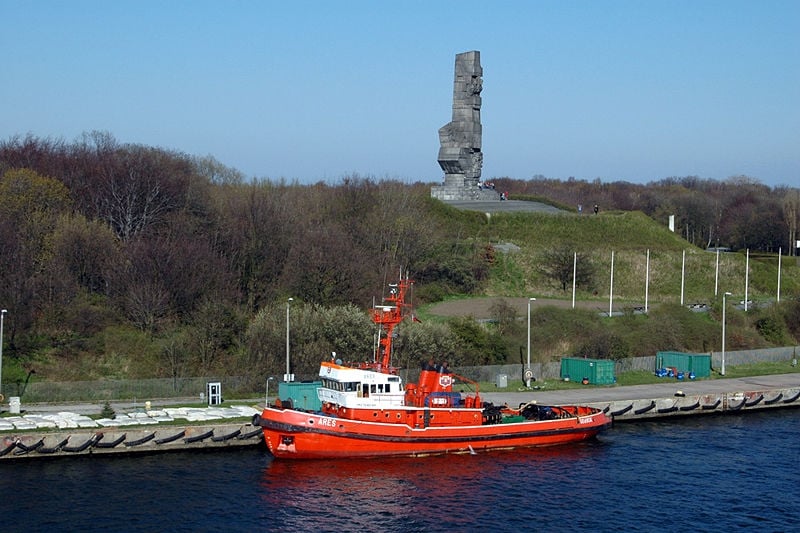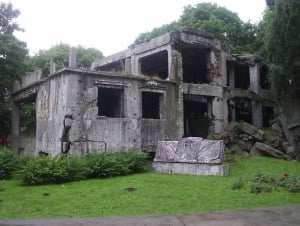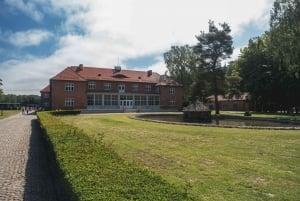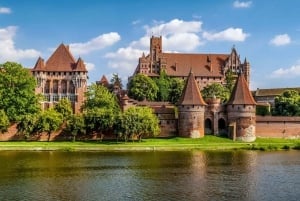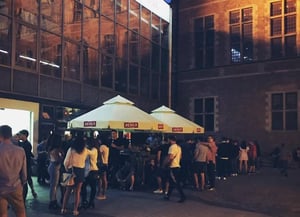WESTERPLATTE - HEROISM SYMBOL
WHERE THE SECOND WORLD WAR BEGAN ...
Book Top Experiences and Tours in Gdansk:
If youʻre booking your trip to Gdansk last minute, we have you covered. Below are some of the top tours and experiences!- Gdańsk: Extreme Gun Shooting Experience with Transfers
- Gdansk: Winter Kayaking Tour
- Gdansk: Stutthof Concentration Camp Regular Tour
- From Gdansk: Half-Day Malbork Castle Tour with Audioguide
- Malbork Castle: Private Tour from Gdansk, Sopot or Gdynia
If you are a history lover you just have to visit this place, however, this is rather a symbol and not an important place of the 2nd World War. Westerplatte was the Polish exclave on the border of the Free City of Gdansk. The garrison was used by the Polish army as ammunition storage. At the beginning of the battle, the advantage of the German army was massive. It was not only a Shlesvick Holstein but the Garrison was also bombed by two torpedo-boats. Westerplatte was also bombed from the air. The garrison was also attacked by about 1800 soldiers this included the elite Marines troop. The Polish troops were anticipating only about 200 soldiers. The defenders had an order to maintain the garrison for 6 hours. Although the polish troops did not get any support, thanks to the heroism of the defenders, the battle for Westerplatte lasted seven days.
In memory, of the battle and the defenders, there was a monument constructed in 1966. It is really impressive. The 25 meters high statue is built upon a 20 meters high mound. The monument illustrates a chipped bayonet stuck in the ground. It is decorated by reliefs - raised sculpture and inscriptions, to commemorate the defending of the Polish coast, and the names of places of the 2nd World War sea battles in which the Polish soldiers and marines had valiantly engaged in.
Another place of interest to visit is the building of the Guard-House nr 1, the place of the military command of the defense. Now there is the museum. You can see the room of the commander, as it was originally furnished, and many of exhibits from those times.
Originally the building was erected in another place. However in 1967 due to the plan of widening the canal, the building, weighing about 400 tons, was moved 78 meters to its new location. The trip on a special track took about 1 and a half hours, around 90 minutes.
The monument and the building of the Guard-House nr 1 is part of a historical path, on which also contains a shelter and observation tower, the ruins of other shelters and the building, the small cemetery. There is also the T-34 Tank, which was a Soviet-made tank, was said to have been a pivotal weapon used during the 2nd World War. This tank caught the German troops off guard and some historians have lauded it as an item that may have shifted the course of the war.


